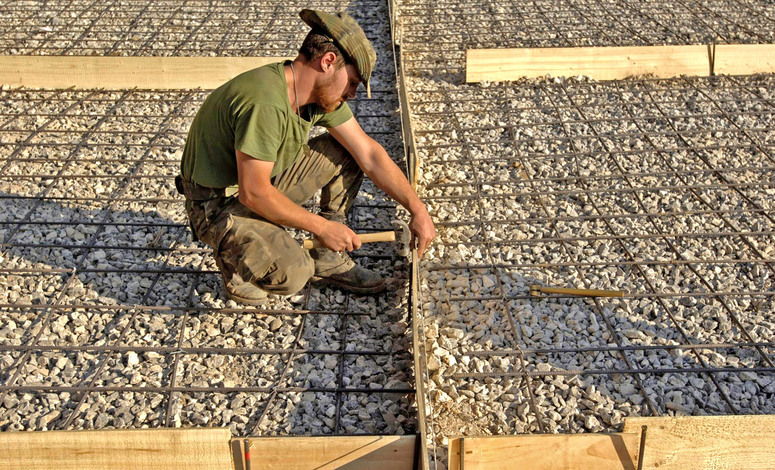Répondre aux besoins humanitaires
L’OTAN livre des résultats : hier, aujourd'hui et demain
- French
- English
L'un des atouts de l'OTAN est qu'elle dispose de l'expérience, des installations, des capacités et des processus qui lui permettent de faire face à différents types de crises. Dans le cadre de l’Alliance, les pays membres travaillent ensemble au quotidien et font en sorte que tout soit prêt – plans, politiques, processus et outils et méthodes de travail – pour pouvoir lancer sur court préavis une opération multinationale de gestion de crise ou pour coordonner la fourniture de secours en cas de catastrophe.

If circumstances require, NATO can provide support to meeting humanitarian needs for a short period of time, until the more appropriate organizations can take over. Such support can be given based upon a request, and in accordance with the well-established principles elaborated in the UN guidelines on the use of military and defense assets in complex emergencies and disaster relief. The UN Office for the Coordination of Humanitarian Affairs (OCHA) is the prime focal point for the coordination of international disaster relief operations.
Euro-Atlantic Disaster Response Coordination Center (EADRCC)
The Euro-Atlantic Disaster Response Coordination Center (EADRCC) is a “24/7” focal point for coordinating disaster relief efforts among NATO member and partner countries. The EADRCC’s main function is to coordinate the response of NATO and partner countries to natural or man-made disasters within the Euro-Atlantic area. The Center has guided consequence management efforts in more than fourty-five emergencies, including fighting floods and forest fires and dealing with the aftermath of earthquakes. EADRCC has responded to emergencies including:
Hurricane Katrina
After Hurricane Katrina struck the Southern United States on August 29, 2005, causing many fatalities and widespread damage and flooding, the US government requested food, medical and logistics supplies and assistance in moving these supplies to stricken areas. On September 9, 2005, the North Atlantic Council approved a military plan to assist the US, which consisted in helping to coordinate the movement of urgently needed material and supporting humanitarian relief operations.
Pakistan Earthquake Relief Operation
Just before the onset of the harsh Himalayan winter, a devastating earthquake hit Pakistan on October 8, 2005, killing an estimated 53,000 people, injuring 75,000 and making at least four million homeless. On October 11, in response to a request from Pakistan, NATO launched an operation to assist in the urgent relief effort. The Alliance airlifted close to 3,500 tons of supplies and deployed engineers, medical units and specialist equipment to assist in relief operations.
Haitian Earthquake Response
Following the massive earthquake in Haiti in January 2010, planes from NATO’s Mulitnational Strategic Airlift Capability delivered supplies donated by NATO members and partner countries.
